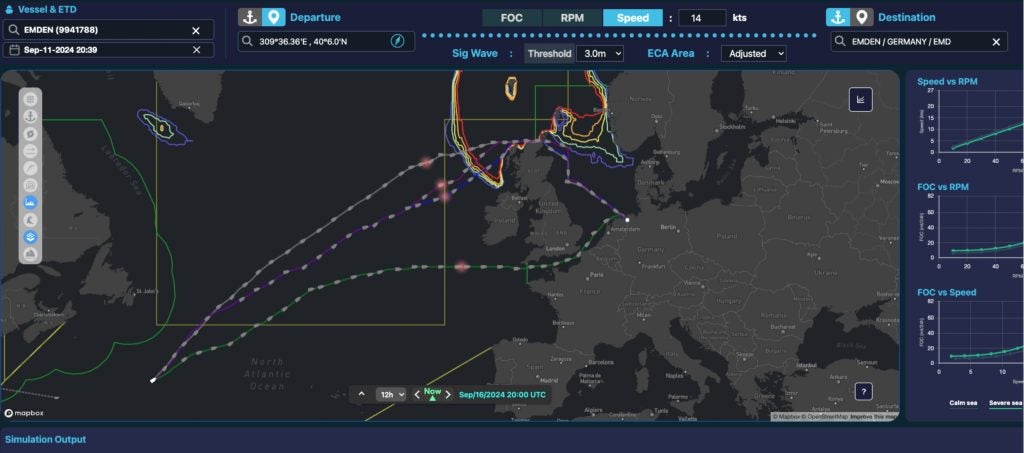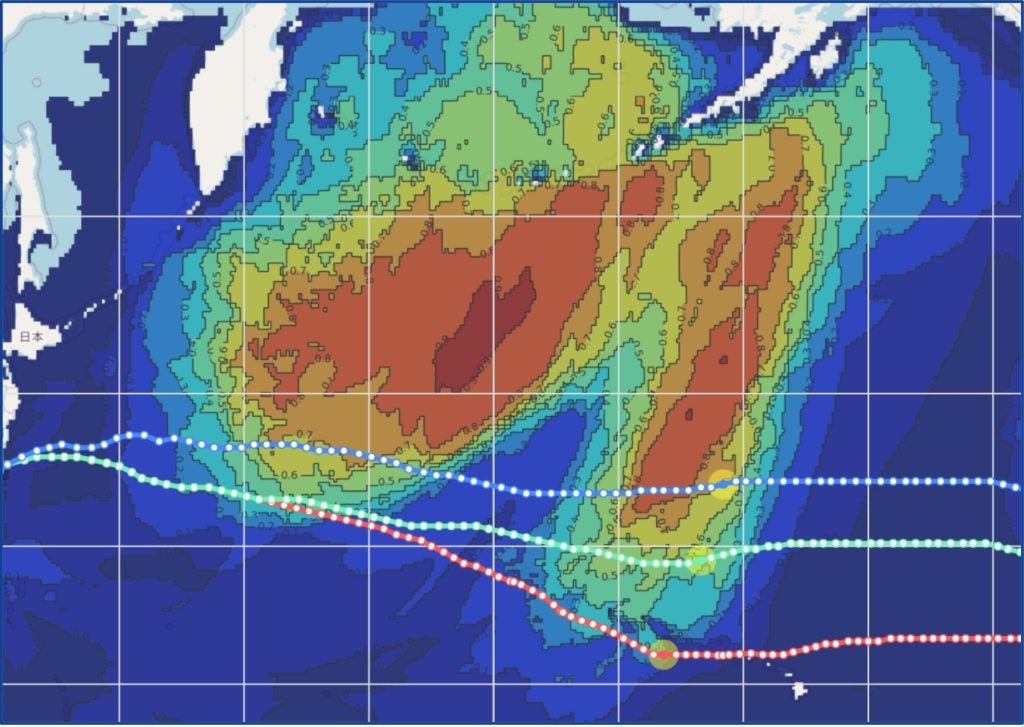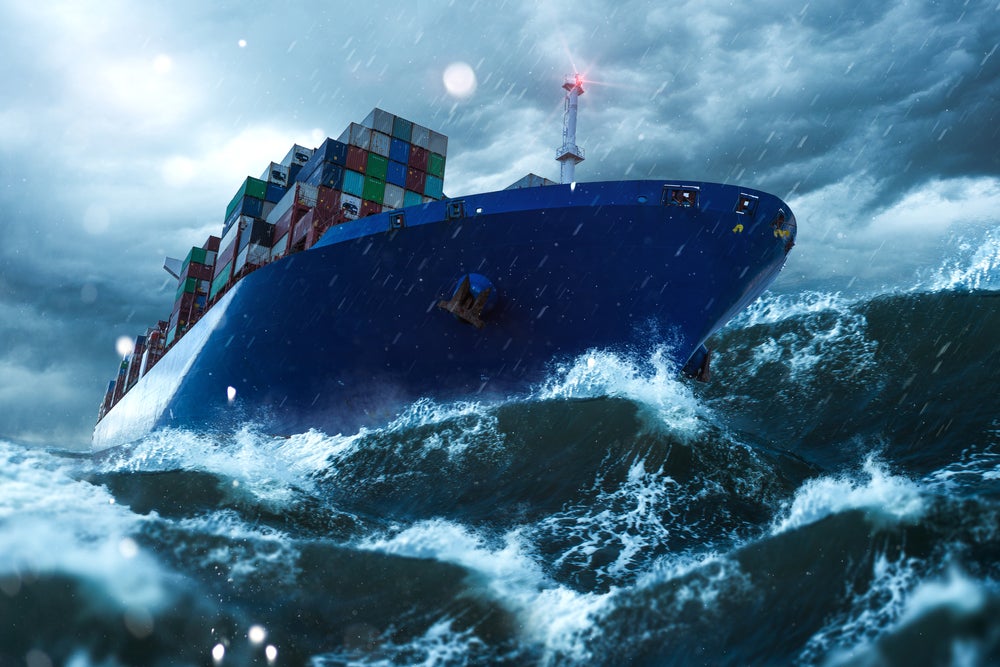Addressing the role of extreme weather events – which a growing body of research attributes to a warming climate – in the risks society faces from climate change, the authors of the International Panel on Climate Change (IPCC)’s latest Assessment Report write: “Climate change has often been perceived as a slow and gradual process, but by now it is abundantly clear that many of its impacts arise through shocks, such as extreme weather events. Many places face more frequent and intense extremes and more surprises.”
The word ‘surprises’ here means events that are unexpected or haven’t been observed in the past. The report adds that such “climate-related threats also offer opportunities for learning and change… to adapt and reduce risk”.

The nature of weather risk is changing with more frequent extreme events, especially the rapid intensification of tropical cyclones (TCs), which has been attributed to climate change due to increasing sea surface temperatures. Warm sea surface temperatures act as the fuel for TCs, so warmer water can rapidly intensify their strength, which is both dangerous for shipping and difficult to forecast.
The first hurricane of the 2024 season, Beryl, was unprecedented in several ways, including rapid intensification, with wind speeds increasing by 55 knots in just 24 hours. Rapid intensification is becoming more frequent, with the top five records for rapid TC intensification having occurred in the last 10 years. Hurricane Milton just added to that list, increasing from Category 1 to Category 5 in less than 24 hours.
Enhancing weather forecast accuracy: the role of observations and models
Our ability to forecast these extremes is also changing. A recent study by Stanford University in the US suggests that the window of forecast accuracy is decreasing in a warming climate – with each degree of global warming increase, the window for an accurate weather forecast, normally considered within a week to 10 days, decreases. There is also anecdotal evidence from weather agencies noting that weather prediction is becoming more difficult.
So, if extreme/unprecedented events are becoming more frequent, but also harder to forecast, that means that the nature of weather risk is also changing. We need to think about how to manage that risk in this new context.

US Tariffs are shifting - will you react or anticipate?
Don’t let policy changes catch you off guard. Stay proactive with real-time data and expert analysis.
By GlobalDataThere are a couple of ways to target managing weather risk: increasing forecast accuracy and understanding forecast uncertainty. Forecast accuracy allows us to have a clearer picture of the latest forecast information, while uncertainty places the weather forecast in context, to understand how the forecast might change and in what ways.
One of our goals at Weathernews is to develop the most accurate forecast in the market. Our forecast output is created from several inputs, including observations – from satellites, upper air observations and surface observations – and input from widely available global models, including the NOAA’s Global Forecasting System, the European Centre for Medium-range Weather Forecasts (ECMWF) model and Japan Meteorological Agency models, among others.
One of our goals at Weathernews is to develop the most accurate forecast in the market.
These inputs are combined to create the scenario we think best represents the atmosphere and used to calculate our global model output. From there, we have post-processing schemes that use algorithms to improve forecasts in regions where we know global models are weak – for example, the Mediterranean where there are gap winds on smaller scales that are difficult for global models to resolve. Finally, we have verification protocols to confirm forecast quality and inform ongoing improvements.
We have been working to improve our forecast accuracy by data assimilation and improving forecast resolution. More observations contribute to a better model initialisation, which helps create a better forecast. Weathernews has its proprietary observation infrastructure, including observation stations set up to support areas where there is patchy coverage, reports from ships subscribing to our services – nearly 6,000 every day – as well as aircraft reports for upper air observations.
We can assimilate these data into the initialisation of the forecast model, to fill in gaps to have a more representative starting point for model solutions to be calculated from. In addition, we have improved our model resolution to improve forecast accuracy for smaller-scale features and localised weather maxima.
Uncertainty in forecasts: harnessing ‘ensemble forecasting’
An accurate forecast is only half of the story, however. Understanding forecast uncertainty gives us additional context on the nature of weather risk, enabling us to make more informed decisions about how to mitigate that risk.
Uncertainties in weather forecasts are due to three core factors. Inaccurate and/or incomplete description of the initial 3D state of the atmosphere; inaccurate and/or incomplete descriptions of physical processes in modelling systems ; and the chaotic character of the atmosphere.
As an example, forecasting over the ocean is an area where there necessarily is a ceiling to forecast accuracy, due to lack of observations and vast distances between weather stations and buoys. While assimilating weather observations from ships improves forecast accuracy, there are still ocean areas with less coverage, especially in the Southern Hemisphere.
Ensemble forecasting is a set of many calculations of model output that is accomplished by slightly changing the initial condition and parameters of numerical weather prediction models and running the model to obtain many solutions for the weather forecast period. These solutions are referred to as ‘ensemble members’.

The output of ensemble members represents a sample of the probability distribution of future weather events. Using that output, we can calculate the probability of an outcome – for example, the probability of wave height exceeding a certain value, the probability of wave height exceeding the deterministic forecast value by a certain amount, etc. The probability of precipitation is probably most commonly encountered in day-to-day life.
The probability distribution also gives us information about the nature of how the forecast can change, allowing confidence that the forecast will verify as it is – high confidence (good agreement between ensemble members) or low confidence (poor agreement between ensemble members). In the case of low confidence, the output can also tell us how the forecast might be different – higher than expected or lower than expected.
The probabilistic information gives the opportunity to understand the additional risk, and “hedge” that risk based on the specific voyage scenario.
Balancing risk tolerance in route planning
This makes it possible to develop automatic route optimisation using probability thresholds, using individual risk tolerance to create a strategic route. This is a promising technology to better account for forecast uncertainty in route optimisation, similar to how a human might.
The value is that this accounts for how the forecast may change in a way that a systematised optimisation using the deterministic forecast cannot.
Based on this information, users can then select the route that best fits their operational priorities.
There are two schools of thought when dealing with forecast changes. One approach is to react as quickly as possible when they happen, immediately updating vessel course or speed to account for the changes based on the latest information. Another is to wait for a second data point, and then make a strategic decision based on the developing trend.

Using forecast probability for optimisation allows us to approach the situation more strategically but with quantifiable risk: understanding how the forecast may change and making decisions using that information.
In addition to weather risk assessments for safety thresholds, we’re now thinking about going one step further and using probabilistic forecasts and simulation technology to calculate business insights, such as the probability of achieving a particular ETA or the risk of exceeding a specific fuel consumption.
The nature of weather risk is changing due to climate change, so we need to consider ways to manage those risks. Probabilistic forecasts are one way to use weather forecast technology to better understand and manage weather risk in a warming climate. Decisions or optimisation based on a single forecast can’t account for the whole story; real optimisation can be achieved with the additional context provided by probability forecasts.
In this respect, the quantification of risk allows for strategic, data-driven decision-making to support vessel safety and decarbonisation targets.




